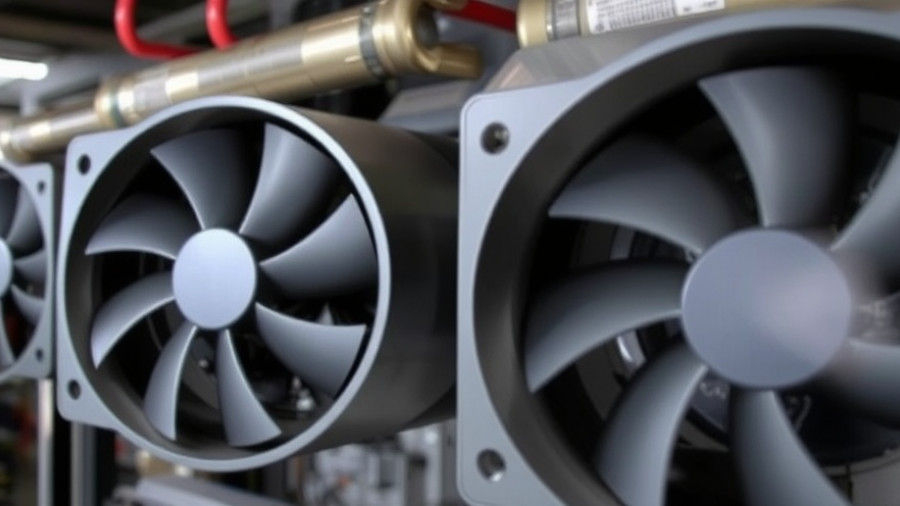
Revolutionizing Indoor Comfort: The Exhale Fan
As energy costs continue to surge, innovative solutions to enhance efficiency are more crucial than ever. Enter Exhale Fans, a cutting-edge company that has developed a remarkable bladeless ceiling fan designed not only for comfort but also for significant energy savings. During a recent episode of CleanTech Talk, I had the pleasure of speaking with Richard Halsall, the CEO and Founder of Exhale Fans. Our conversation unveiled the fascinating technology behind their product, and it’s clear that this fan could change the game for both commercial and personal spaces.
How Bladeless Technology Works
The core innovation of Exhale Fans lies in its unique design, which uses a vortex effect to draw air from below and circulate it evenly throughout the room. This contrasts sharply with traditional ceiling fans that simply push air straight down, often resulting in hot and cold spots within a space. According to Halsall, this redesign allows for a smoother, more comfortable air distribution, which is a game changer for environments where comfort is paramount—be it offices, schools, or homes.
Energy Efficiency and Cost Savings: A Deeper Dive
Research conducted alongside experts from Purdue University reveals that using the Exhale fan can lead to an impressive energy savings of up to 10% without compromising comfort levels. Users can set their thermostats higher—up to 4 degrees Fahrenheit—while still feeling cool and comfortable. This not only helps in cutting down on energy bills but also promotes a more sustainable lifestyle. The ability to improve indoor conditions while being energy conscious is particularly valuable in today's market.
Health Benefits: Combatting Mold and Humidity
One compelling benefit of the Exhale fan is its role in enhancing indoor air quality. Traditional HVAC systems can often result in humidity issues that promote mold growth, a significant health concern. The Exhale fan’s functionality plays a crucial part in regulating humidity by destratifying the air, thus creating a drier environment that inhibits mold proliferation. This feature is not just beneficial for buildings but also notably enhances the health conditions for their occupants.
Industry Reception and Market Impact
The response to Exhale Fans across various sectors has been overwhelmingly positive. As more companies and facilities look for ways to meet energy efficiency standards and improve indoor environments, bladeless technology provides an attractive solution. The versatility and modern aesthetics of these fans make them appealing to a wide range of industries, from hospitality to tech, ensuring they fit comfortably into any setting.
Future Insights: Bladeless Fans Leading the Charge
As we move towards a more energy-conscious world, innovations like Exhale Fans are leading the charge in transforming how we think about air circulation in our facilities. The potential for bladeless technology extends beyond comfort and savings; it represents a significant step forward in sustainable design and usage. Whether in corporate offices or personal spaces, the implications for improving energy efficiency while maintaining health standards echo the growing demand for smarter, eco-friendly technology.
How You Can Contribute to a Greener Future
Stepping into the future of eco-friendly living starts with informed choices. By opting for energy-efficient solutions like Exhale Fans, consumers not only enhance their comfort but also join the movement towards sustainable living. Exploring greener technology options is a proactive way to reduce individual carbon footprints and promote sustainability in a world increasingly burdened by environmental challenges.
 Add Row
Add Row  Add
Add 




Write A Comment